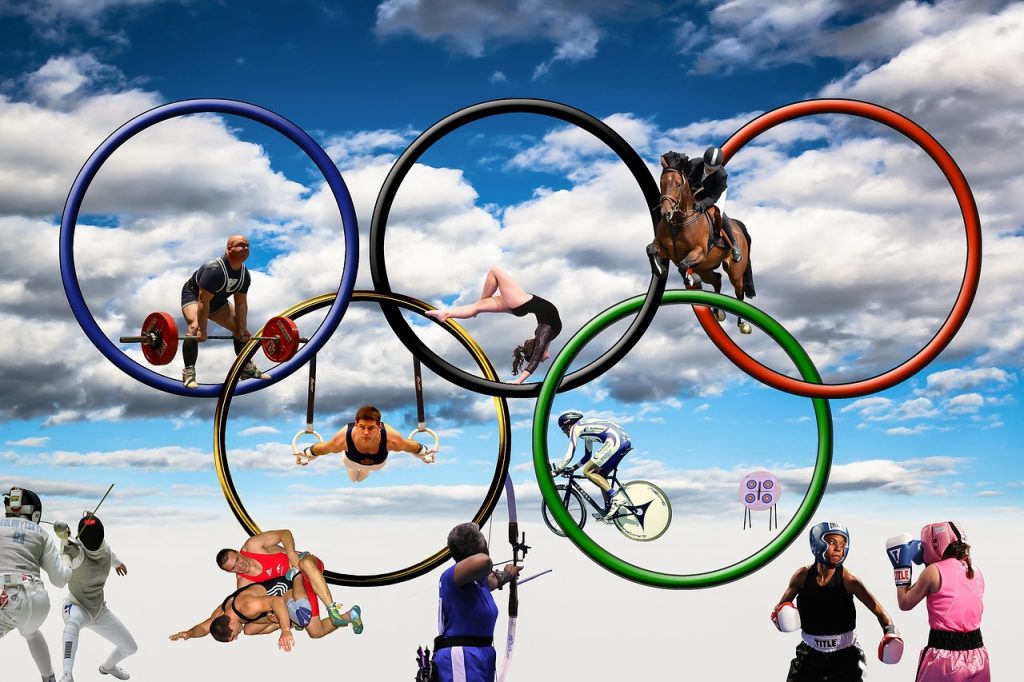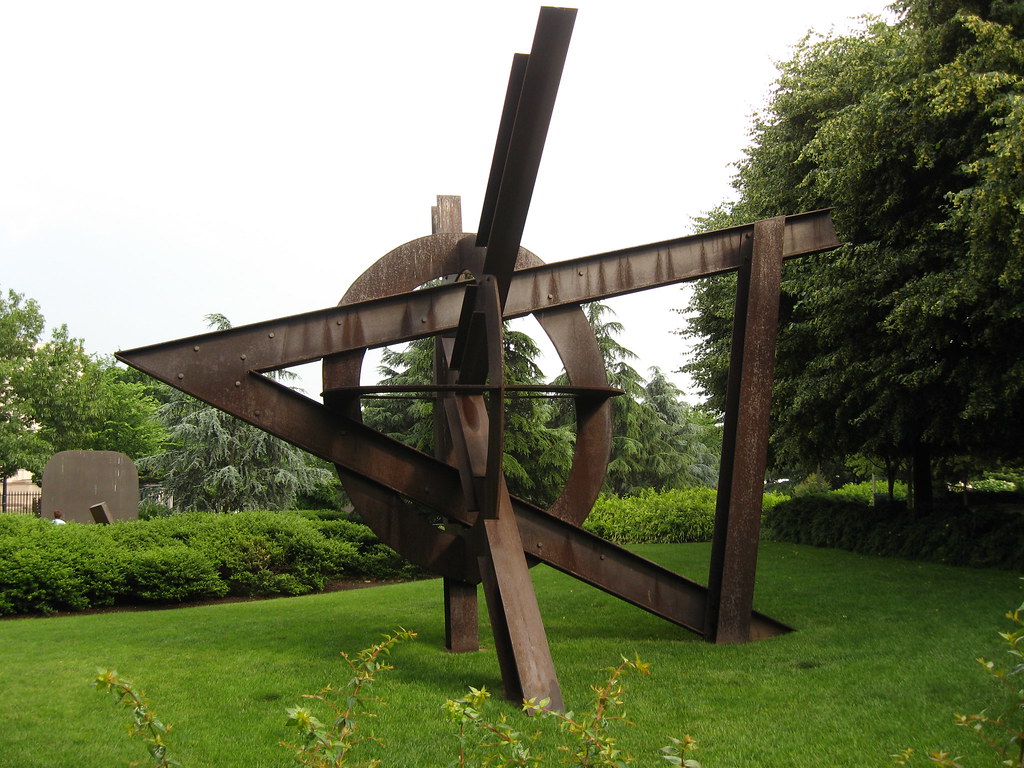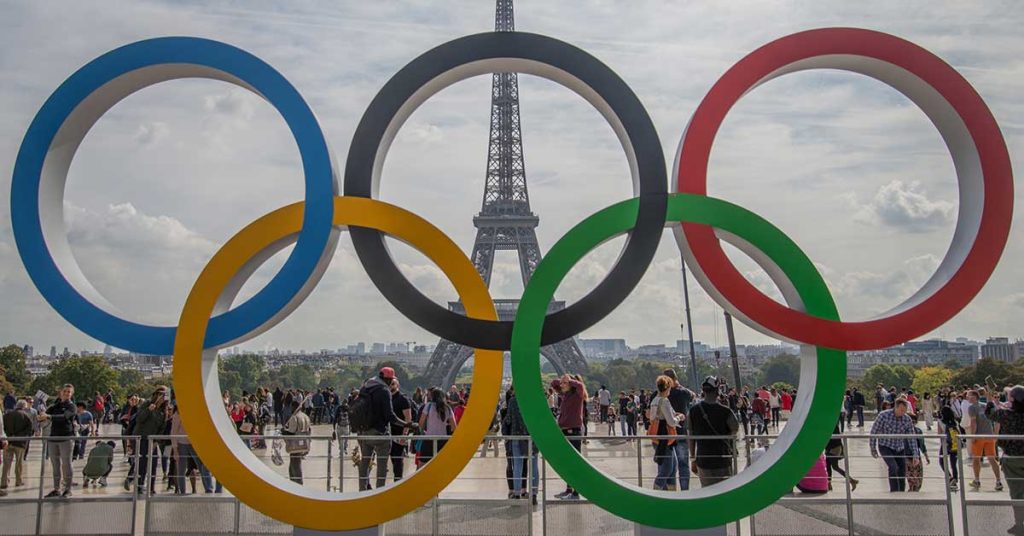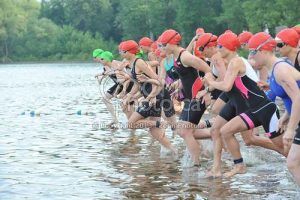Gymnastics Rings in the Olympics: 6 Testament to Strength and Precision

Introduction
Gymnastics is one of the most celebrated and captivating events in the Olympics, showcasing the peak of human athleticism, precision, and artistry. Among the various apparatus used in men’s artistic gymnastics, the rings hold a special place due to the extraordinary strength, control, and concentration they demand from athletes. The gymnastics rings in the Olympics event, also known as the still rings, is a true test of an athlete’s upper body strength and control, making it one of the most visually striking and respected disciplines in the sport.
Historical Overview
The gymnastics rings event has a rich history in the Olympic Games. It was first introduced in the modern Olympic Games in 1924 in Paris. Since then, it has become a staple in men’s artistic gymnastics, evolving in complexity and technique over the decades. The event has seen numerous iconic performances that have left a lasting legacy, with gymnasts from around the world striving to achieve perfection on this demanding apparatus.
The Apparatus

The gymnastics rings consist of two rings suspended from a sturdy frame by long straps. The rings are positioned at a height of approximately 2.8 meters from the floor, with a space of 50 centimeters between them. The apparatus appears simple, but mastering it requires a combination of strength, stability, and precise body control.
The rings themselves are made of wood or synthetic materials and are designed to support the gymnast’s weight while allowing for a wide range of movements. The challenge lies in maintaining stillness and control during routines, as any excessive movement of the rings can result in deductions from the judges.
The Routine
A typical routine on the gymnastics rings lasts between 60 and 90 seconds and consists of a series of strength holds, swings, and transitions. Gymnasts are required to demonstrate a combination of static strength elements, such as the iron cross, planche, and Maltese, as well as dynamic elements like swings and dismounts.
One of the most critical aspects of a rings routine is the execution of strength holds. These elements require the gymnast to maintain a perfectly still position, often with their body parallel to the floor. The iron cross, for instance, involves holding the rings with the arms extended horizontally, forming a cross shape. This position demands immense shoulder, arm, and core strength, as well as mental focus to maintain stability.
Swing elements, on the other hand, involve the gymnast generating momentum to perform various swings and transitions. These elements require precise timing and control to ensure smooth transitions and avoid excessive ring movement. The routine typically culminates in a dismount, where the gymnast performs a high-flying release move before landing on the mat. The difficulty and execution of the dismount are critical for securing high scores from the judges.
Training and Preparation
Preparing for the gymnastics rings event is an arduous process that requires years of dedicated training. Gymnasts typically start training at a young age, gradually building the strength, flexibility, and technique needed to excel on the rings.
Strength training is a fundamental component of a gymnast’s preparation. Athletes spend countless hours in the gym performing exercises to build their upper body, core, and grip strength. Exercises like pull-ups, dips, and specific ring conditioning drills are essential for developing the muscles required to execute the demanding holds and swings on the rings.
Flexibility and mobility training are equally important. Gymnasts must have a high degree of flexibility in their shoulders, hips, and legs to perform the various elements of a rings routine. Stretching exercises and mobility drills are incorporated into their training regimen to ensure they can achieve the necessary positions and movements with ease.
Technique training involves practicing the specific elements of a rings routine, focusing on perfecting the execution and transitions between movements. Gymnasts work with coaches to refine their technique, receive feedback, and make adjustments to improve their performance. Video analysis is often used to break down routines and identify areas for improvement.
Iconic Performances
The gymnastics rings event has seen numerous iconic performances that have left an indelible mark on the sport. One of the most memorable performances in Olympic history was by the Italian gymnast Jury Chechi, known as the “Lord of the Rings.” Chechi won the gold medal in the rings event at the 1996 Atlanta Olympics, showcasing an unparalleled combination of strength, precision, and artistry.
Another legendary gymnast is Eleftherios Petrounias of Greece, who won the gold medal in the rings event at the 2016 Rio Olympics. Petrounias’ routine was marked by flawless execution and incredible strength holds, earning him the top spot on the podium and solidifying his status as one of the greatest rings specialists in history.
The Judging Criteria
Judging in the gymnastics rings event is based on a combination of difficulty and execution. The difficulty score, known as the D-score, is determined by the elements included in the routine and their respective difficulty values. Gymnasts are encouraged to incorporate high-difficulty elements to maximize their D-score, but they must also execute these elements with precision to avoid deductions.
The execution score, or E-score, evaluates the gymnast’s performance, focusing on factors such as form, technique, control, and the stability of the rings. Deductions are made for any form breaks, wobbles, or excessive ring movement during the routine. The final score is the sum of the D-score and the E-score, with the highest possible score reflecting a perfect balance of difficulty and flawless execution.
The Future of Rings in the Olympics

The future of the gymnastics rings event in the Olympics looks promising, with new generations of gymnasts continuing to push the boundaries of what is possible on this demanding apparatus. Advances in training techniques, sports science, and equipment design are helping athletes achieve greater levels of performance and precision.
Moreover, the growing popularity of gymnastics worldwide is inspiring young athletes to take up the sport and pursue their dreams of Olympic glory. The rings event, with its unique blend of strength, control, and artistry, will undoubtedly remain a highlight of the gymnastics competition, captivating audiences and showcasing the pinnacle of human athletic achievement.
Conclusion
The gymnastics rings event in the Olympics is a true testament to the strength, precision, and dedication of the athletes who compete on this challenging apparatus. From its historical roots to the iconic performances that have defined the sport, the rings continue to captivate audiences and inspire future generations of gymnasts. As we look forward to future Olympic Games, the gymnastics rings event will undoubtedly remain a centerpiece of the gymnastics competition, celebrating the incredible capabilities of the human body and spirit.




